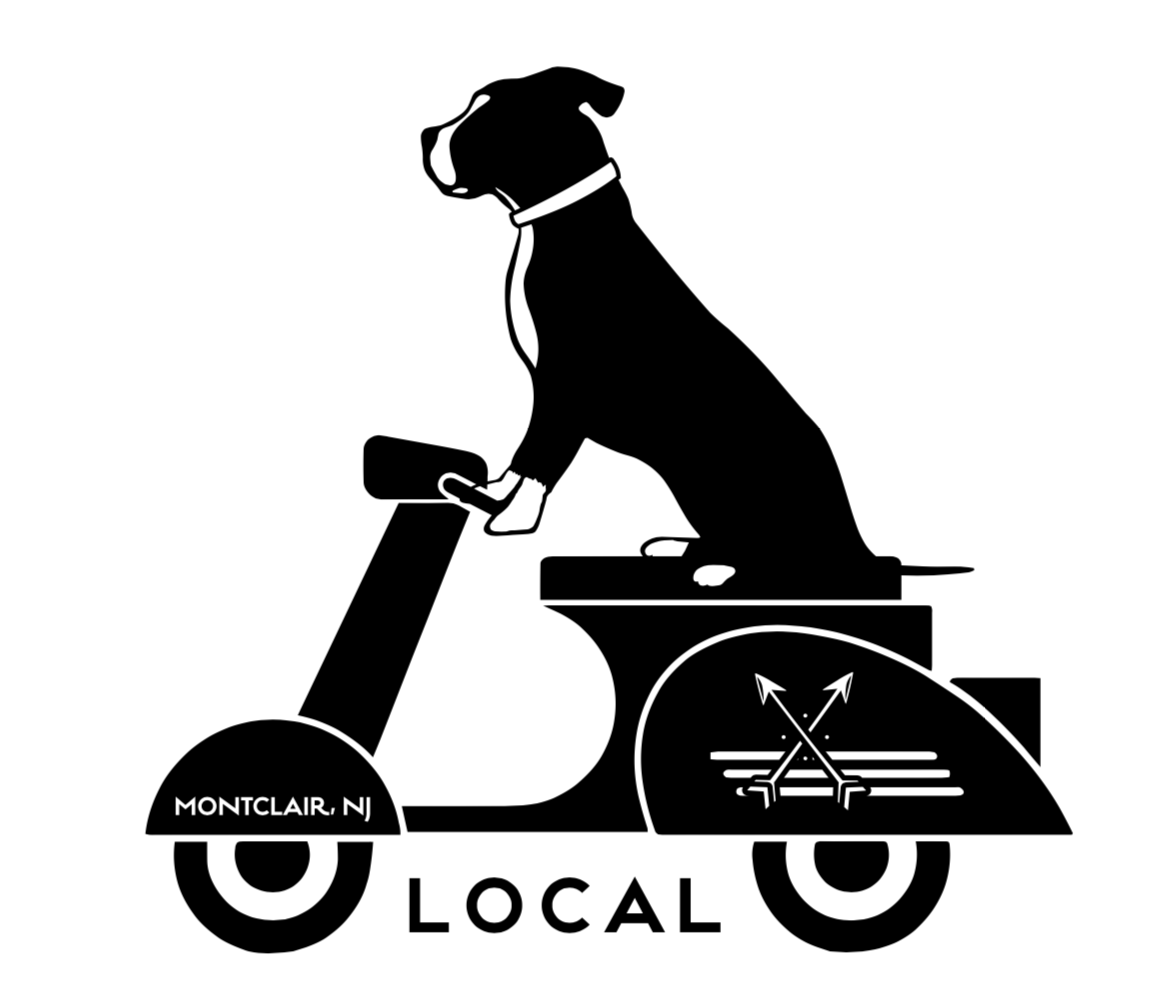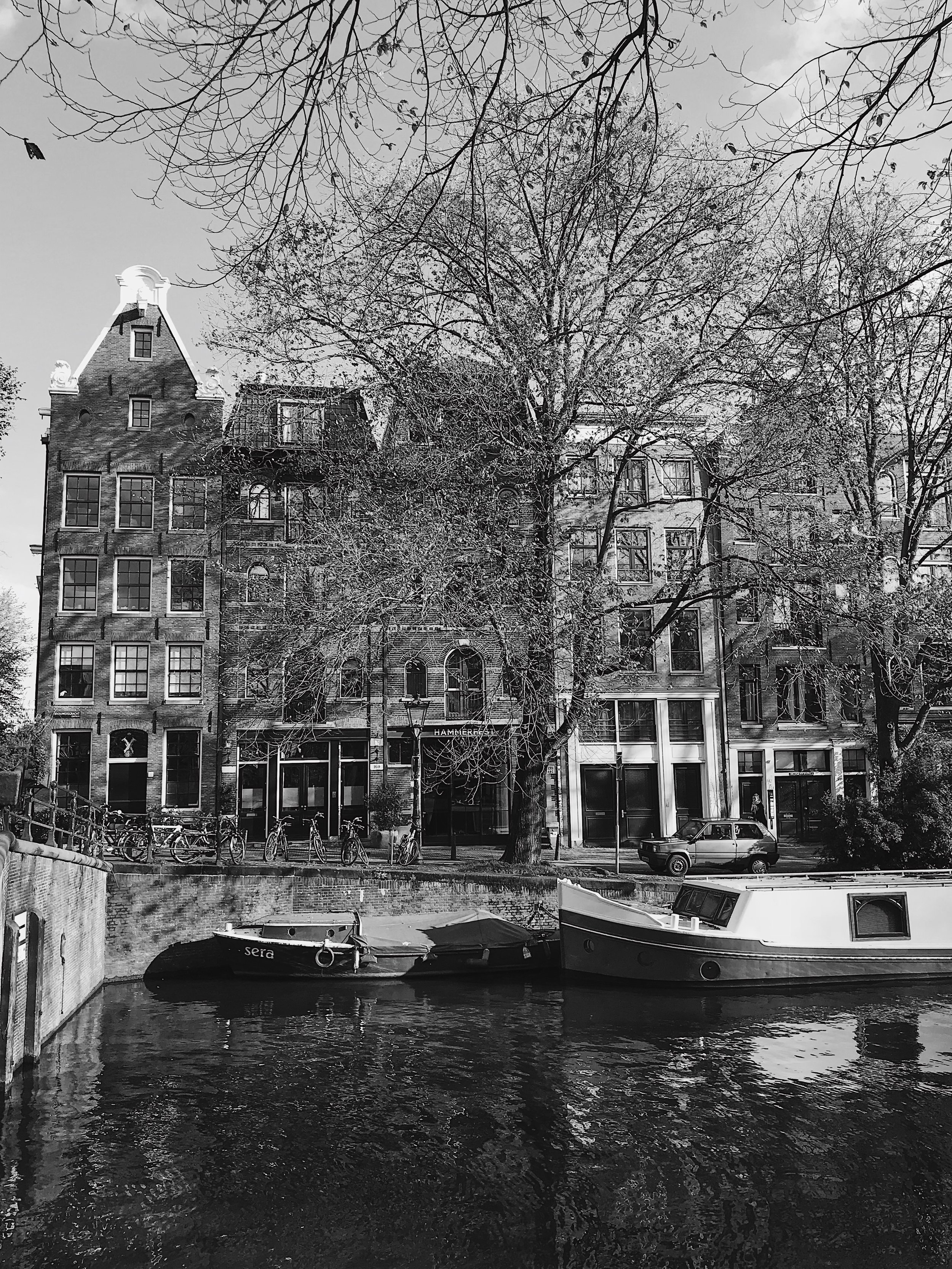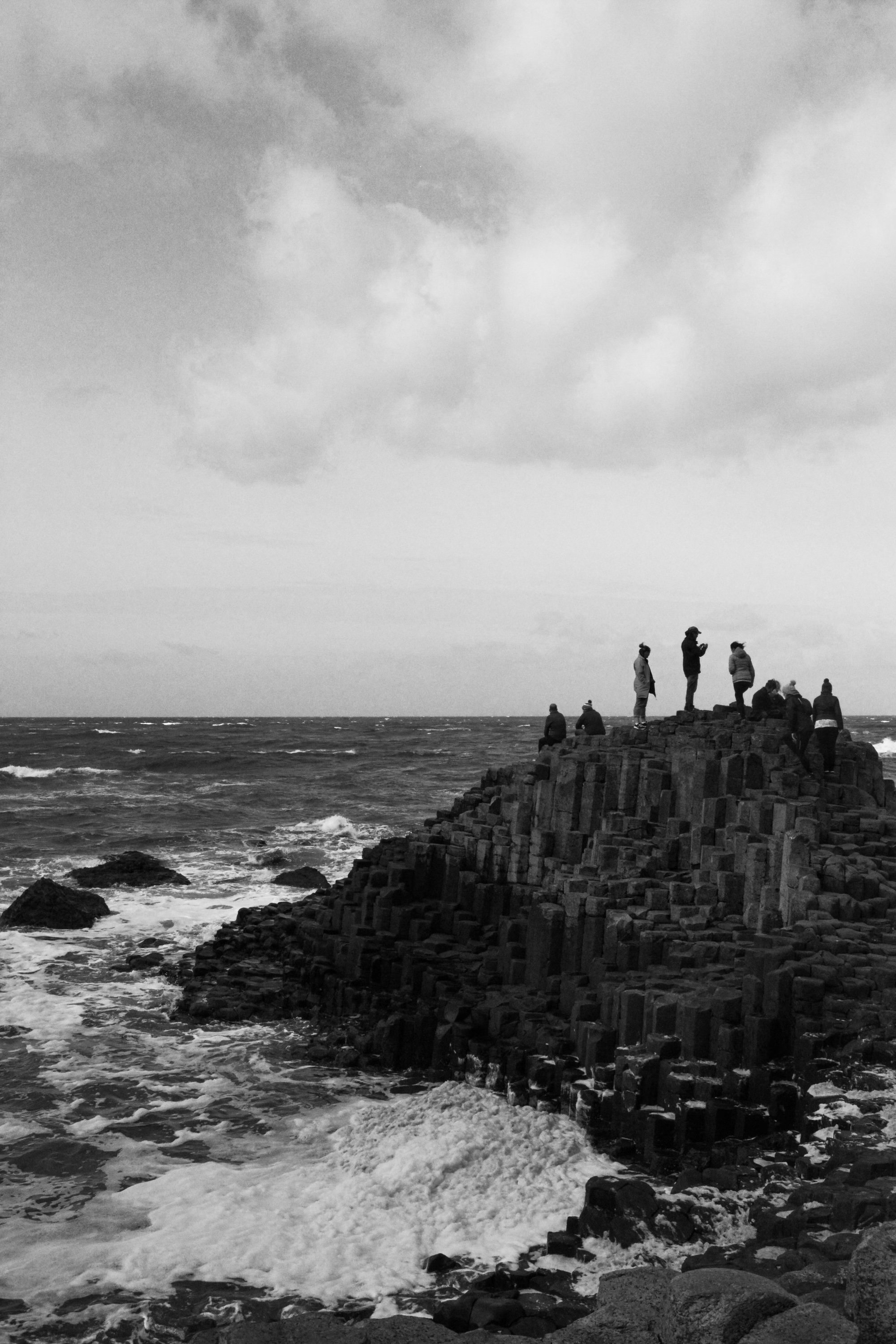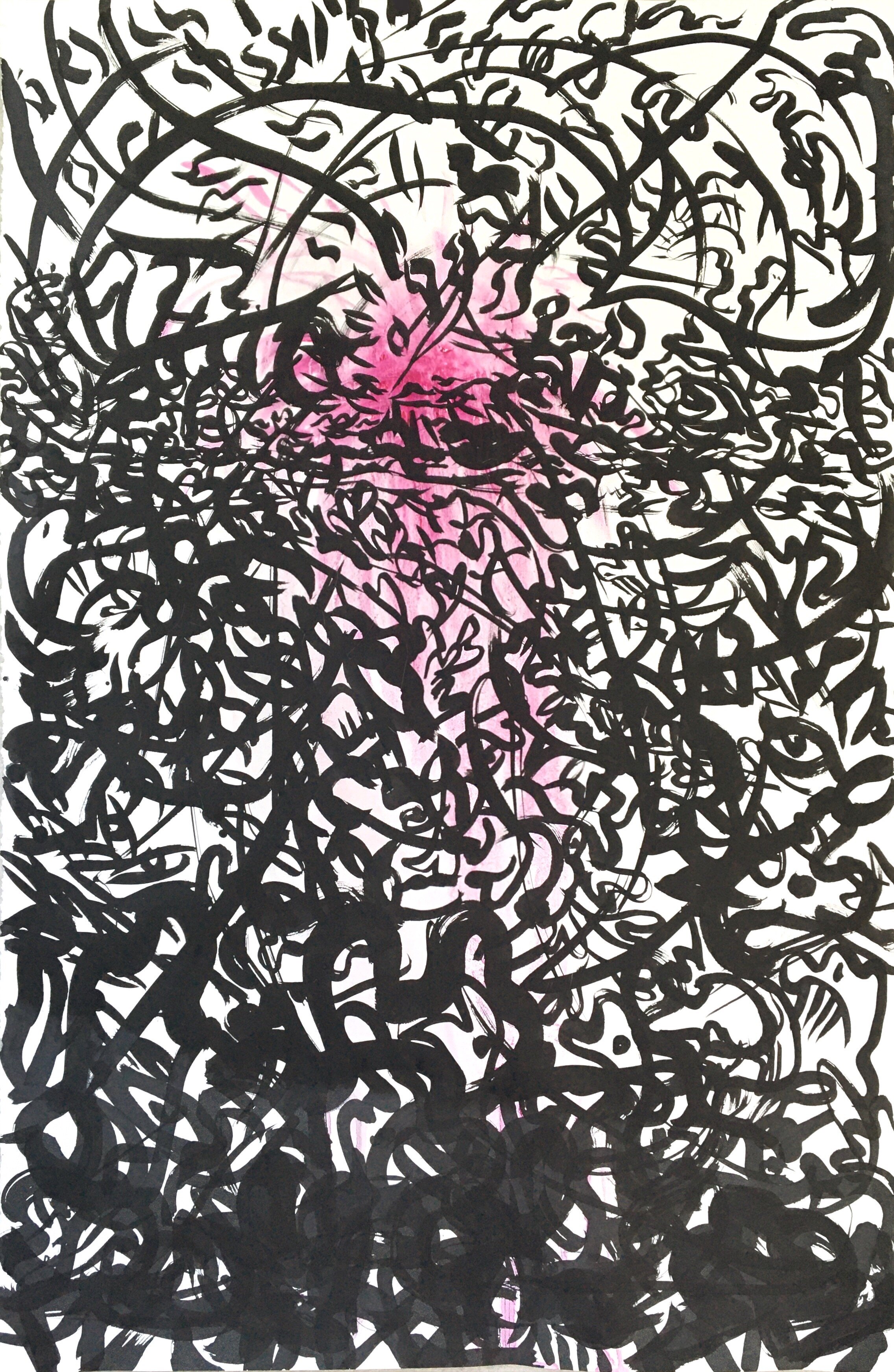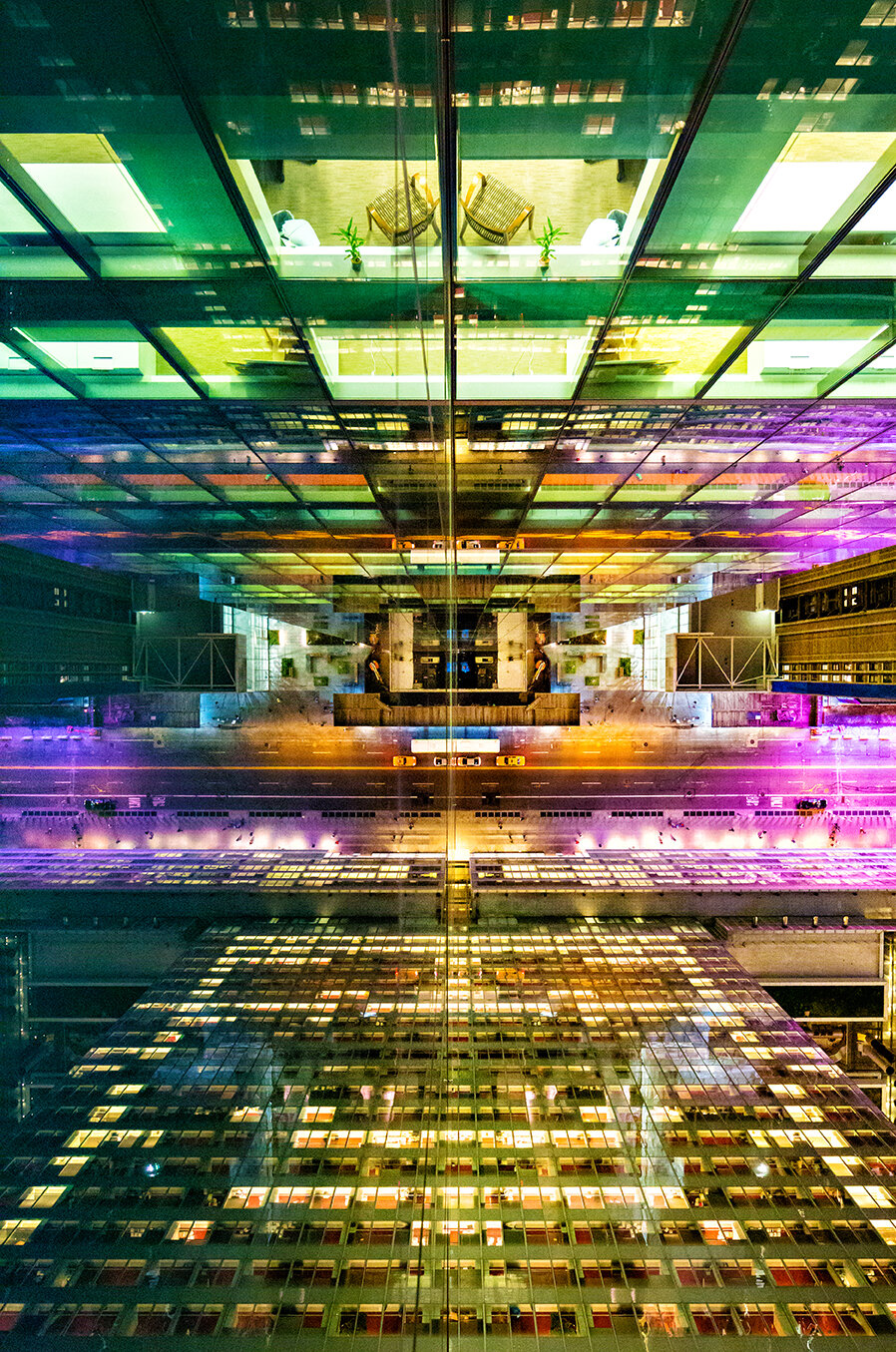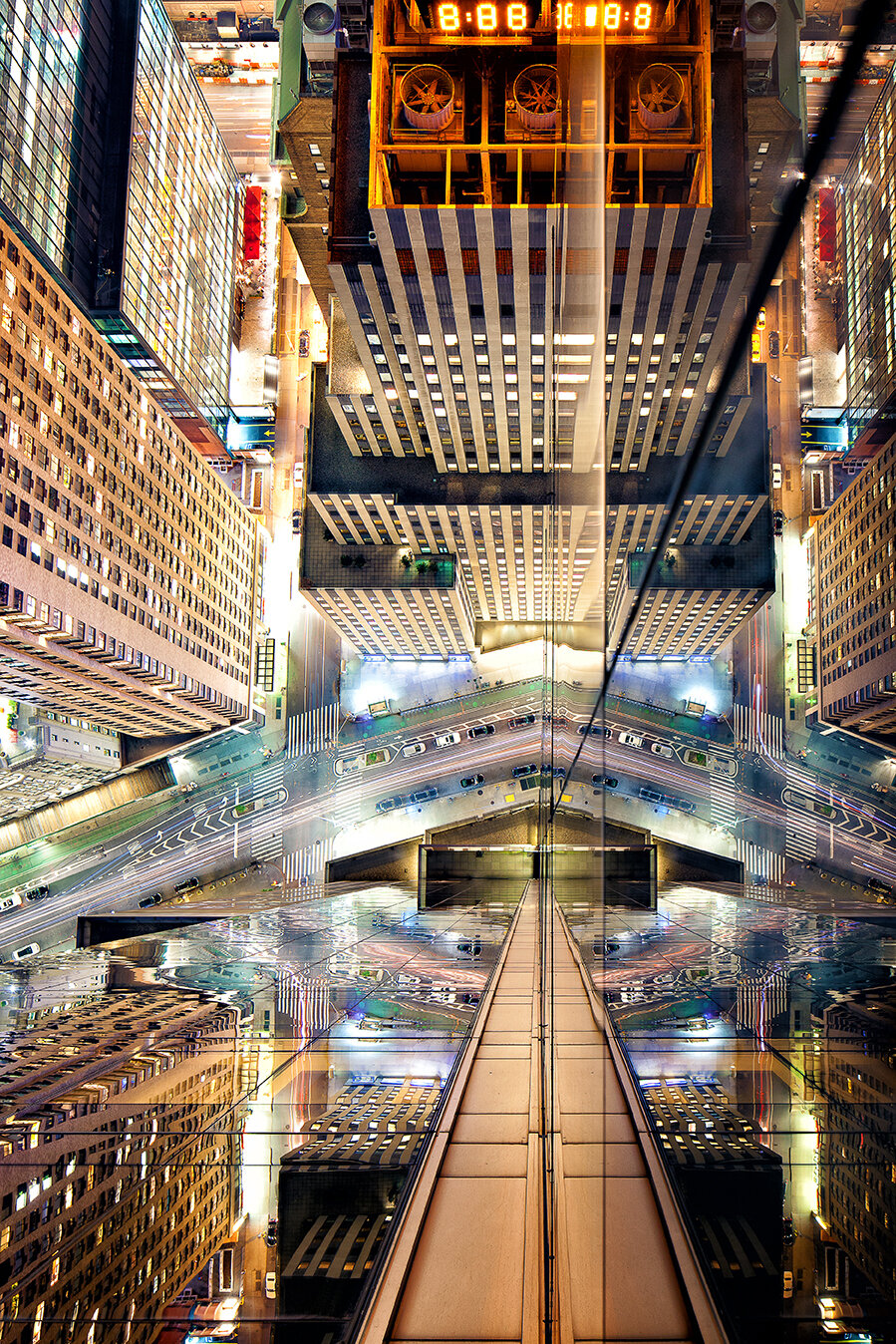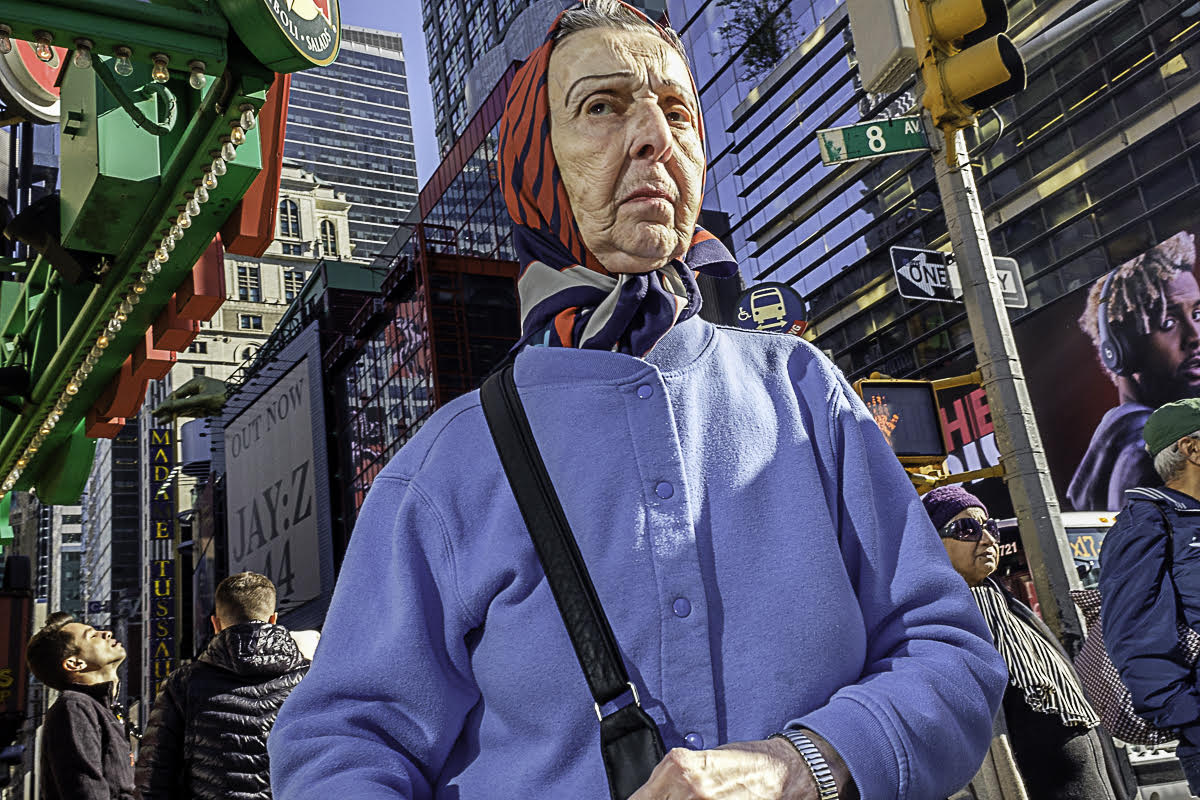Robert: Raphaela! So happy to have your work up at the shop. Because you’re an OG local LOCAL - our team decided that each would ask a question of you for the Local blog.
My pleasure!
Robert: I feel like we discussed this opportunity a good time ago and here we are. How do you feel sharing a bit of yourself with our community here at your local shop?
So true - I signed up to do this on a complete whim around two years ago and then poof, time flew by and the date was suddenly here. When I was curating exhibit images, I leaned into shots that were very much my personal view of the immediate neighborhood around us. Pictures that someone else might not have taken, or would have taken differently. I loved the idea of sharing these small moments with my friends and neighbors who walk through the same streets (and lineup in the same LOCAL line! ).
Lucy: Your lifework is multimedia, with a particular focus in film - how do these images connect back to your film heritage?
Whether film or photography, I’m always a sucker for beautiful lighting and visuals that allude to a story beyond the obvious. How we frame the world is how we see the world and I frequently obsess over visuals – both in photography and film. For those curious about my filmmaking history, they can check out the short doc Joe’s Violin (free to view online!) and Miss GULAG (available via iTunes).
Lucy: Are the tomatoes from your garden?
Very much so! Gardening has always been a favorite hobby and my backyard fruits & veggies became a popular subject during this pandemic. On a sidenote: this tomato image reminds me of an abacus and I love reimagining traditional objects with modern spins.
Adele: These photos are such a beautiful look into our Montclair community. If possible, what is your favorite aspect of our town?
Beyond the incredible people, and of course my local coffee shop, I love how the trees and flowers bloom in weekly waves during spring. How each home is painted differently. The gorgeous parks and annual film festival (full disclosure: I’m its founding executive director, so might be a bit biased). The way each season completely transforms the landscape around us, supplying us with a new palette of colors.
Brenna: What do you hope people feel after spending time with your work?
I hope people feel some warmth, curiosity, and joy.
Max: Did you pick your color scheme intentionally or are you generally attracted to objects that vibrant, bright and lively?
The latter – I am generally drawn to vibrant, bright and lively colors (as frequently reflected in my photos and wardrobe).
Sam: You mentioned that all of these photos were taken just a few blocks from Local? Was this intentional? Is there a narrative that carries through all of them?
When curating this exhibit, I intentionally selected a majority of photos that Local customers might recognize from their everyday surroundings. These are the small details that we often miss in our daily rush. The guiding principle is that you don’t need a fancy camera, tripod, or any professional tools to notice and capture a bit of beauty. A phone with a camera and willingness to look is enough.
Lastly, what is your favorite coffee shop drink? :)
I’m a vanilla latte girl, although every now and then I’ll mix it up with a cortado or a flat white.
See more of Raphaela’s work on Instagram @raphaeladailyphoto and @raphaelaneihausen
